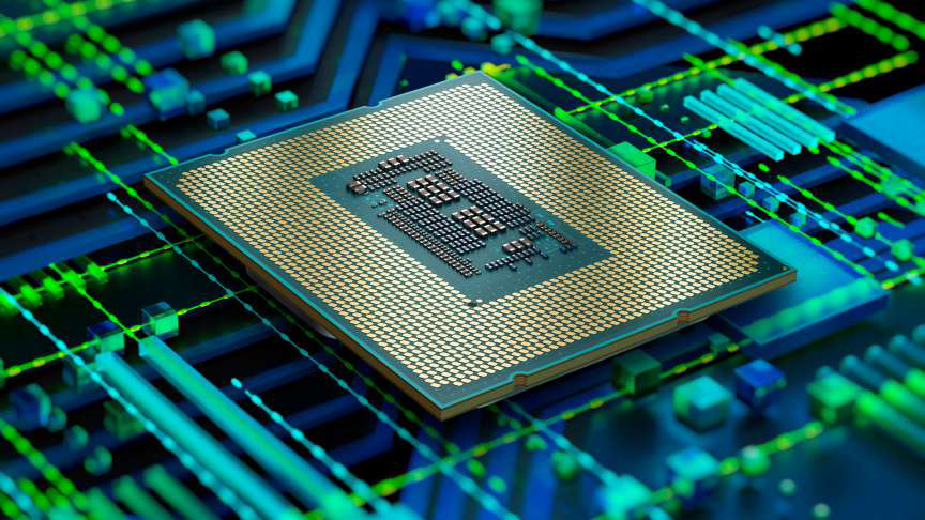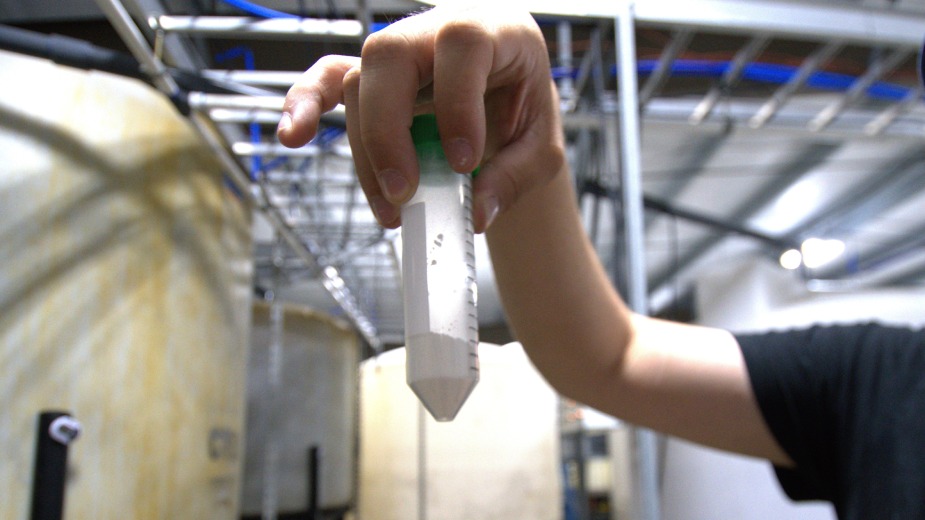Column: We Must Fund ‘Science’ Portion of CHIPS and Science Act
By Barbara R. Snyder and Steve Stivers
In August 2022, Congress and President Joe Biden culminated more than two years of arduous, bipartisan work with the passage and signing of the CHIPS and Science Act.
The tech-catalyzing legislation was aimed at ensuring the United States remains the world’s leader in scientific research and discovery – but, while this law is already helping create high-tech jobs in Ohio and elsewhere, a new report shows we are already far behind on its broader goals for funding scientific research and building the workforce we need to continue competing in a fast-changing global environment.
Congress needs to finish the job that CHIPS and Science started – because China and other nations certainly aren’t waiting to grow their own high-tech workforces or boost their own research efforts in critical areas such as semiconductors, biotechnology, artificial intelligence and a host of other scientific frontiers.
CHIPS and Science had a two-pronged purpose: to incentivize the production of crucial technologies (like semiconductors necessary to produce the microchips that power everything from smartphones to submarines) in the United States and, more broadly, to provide long-term funding and infrastructure support for scientific research and education. But while CHIPS and Science authorized future spending for new science initiatives, it required future legislative action to actually provide funds to meet those spending goals.
The Federation of American Scientists recently issued a report noting that, in the scant year-plus since CHIPS and Science became law, congressional appropriations are already more than $7 billion behind the levels the bill authorized. These include major gaps for key research-supporting agencies like the National Science Foundation and the Department of Energy’s Office of Science, which fund research in areas such as advanced manufacturing, machine learning, generative AI and new energy sources.
Many of these areas of inquiry not only help undergird U.S. economic competitiveness but are also directly tied to our national defense and security. This kind of research also tends not to produce marketable technologies quickly enough to attract corporate investment – which is why it is almost entirely supported by federal funding.
And it’s not just research funding where we’re falling seriously behind the CHIPS and Science Act’s forward-thinking targets. Some of the biggest shortfalls come in funding for NSF programs designed to educate the home-grown STEM workforce necessary for America to continue to compete on the global stage.
A recent report on the semiconductor industry workforce says it will grow by nearly 115,000 jobs by 2030, from approximately 345,000 jobs today to approximately 460,000 by the end of the decade. Of these new jobs, SIA estimates roughly 67,000 – 58% of them – risk going unfilled at current degree-completion rates. And this is just one industry; there are others critical to our national competitiveness that also cannot meet the expected demand. What good does it do us to spend billions incentivizing Ohio’s semiconductor industry if we can’t find any workers qualified to take the new jobs they create?
It’s clear that China and other nations are serious about making investments in critical technologies, STEM infrastructure and the future workforce. Xi Jinping has made it clear that retaining and attracting the world’s top STEM talent is one of China’s top national priorities. China also understands that research investments will help them advance their offensive and defensive capabilities. But the unfulfilled promise of CHIPS and Science underscores our competitors’ doubt about whether the United States still has the collective will to remain the world’s unchallenged leader in scientific advancement.
In a study published last year, NSF reported that, while the United States remains the world’s leader in research and development funding – comprising 28% of the global total compared with China’s 22% – China gained significant ground in the past decade. Its average rate of increase in R&D from 2010 to 2019 (the most recent years available) was twice the U.S. rate. This means that, at current rates of investment, China will surpass the United States in scientific investment soon.
The world – and especially China – is watching closely to see if America decides to continue being pennywise and pound foolish. If we are to keep our country prosperous, secure and healthy, then we must not let short-sighted policies or partisan squabbling rob us of our global leadership in scientific advancement.
Barbara R. Snyder is the president of the Association of American Universities, which represents 69 of the nation’s leading research universities (including The Ohio State University and Case Western Reserve University). Steve Stivers, who is the president and chief executive officer of the Ohio Chamber of Commerce, represented Ohio’s 15th congressional district in the U.S. House of Representatives from 2011 to 2021.
Copyright 2024 The Business Journal, Youngstown, Ohio.



